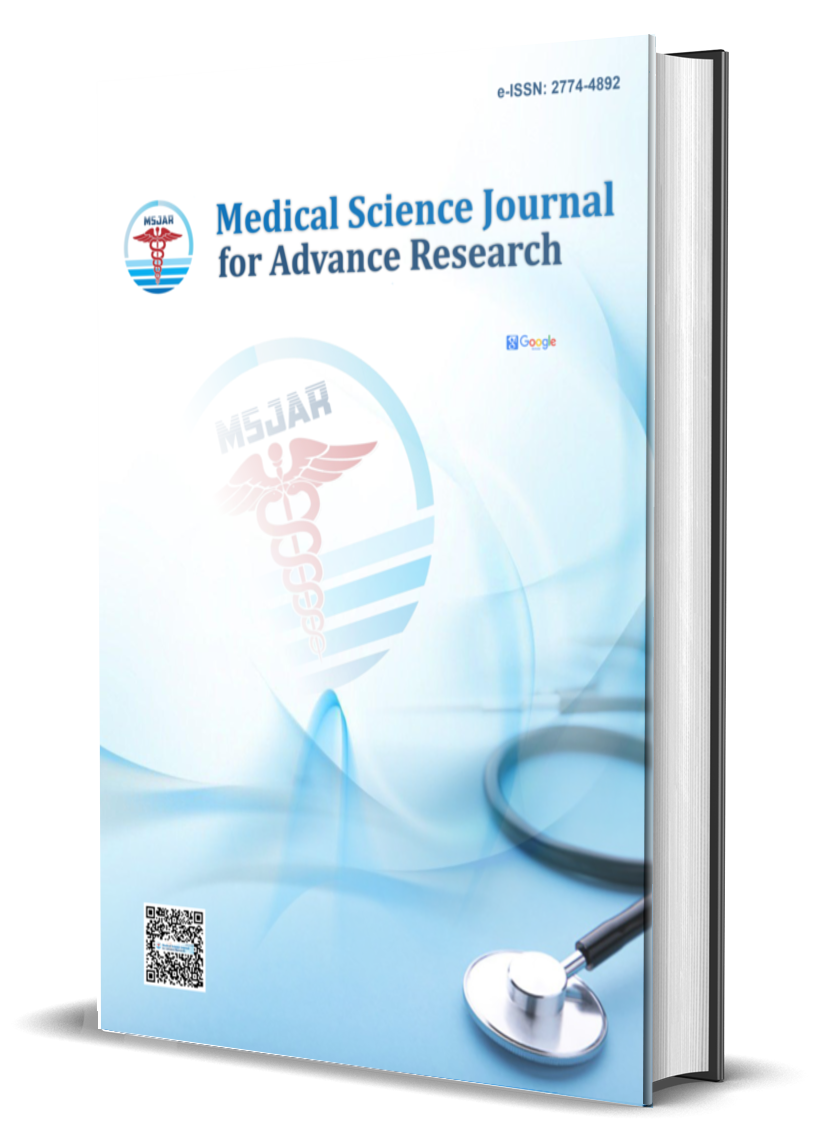Main Article Content
Abstract
Research objective: The main objective of this work was to assess the prevalence, antimicrobial resistance, virulence genes profiles, genetic determinants in aminoglycoside-resistant K. pneumoniae clinical isolates in different medical institutions of Najaf, Iraq. Method: A total of162 K. pneumoniae isolates were characterized that included no duplicate. Resistance patterns, and carriage of genes were determined by the use of phenotypic methods, automated VITEK 2 system and the use of PCR based genotyping. Result: The resistance to aminoglycoside among the isolates was 30.3% or 49 isolates. Twenty-six (16.1%) isolates were found positive using a string test to indicate hypermucoviscous phenotype. The resistance genes that were predominant included aac(6')-Ib (100 percent) followed by rmtB (43.8 %) and ant(3'')I (50 %). Among the hypervirulent isolates, capsular serotype K57 and K20 dominated. Concerning, half (50 %) of aminoglycoside resistant isolates were extremely drug resistant (XDR) and 8.3 % were pan-drug resistant (PDR). Conclusions: These results reinstate the necessity of improving infection control and antimicrobial stewardship programs in hospitals of Iraq.
Keywords
Article Details

This work is licensed under a Creative Commons Attribution 4.0 International License.





